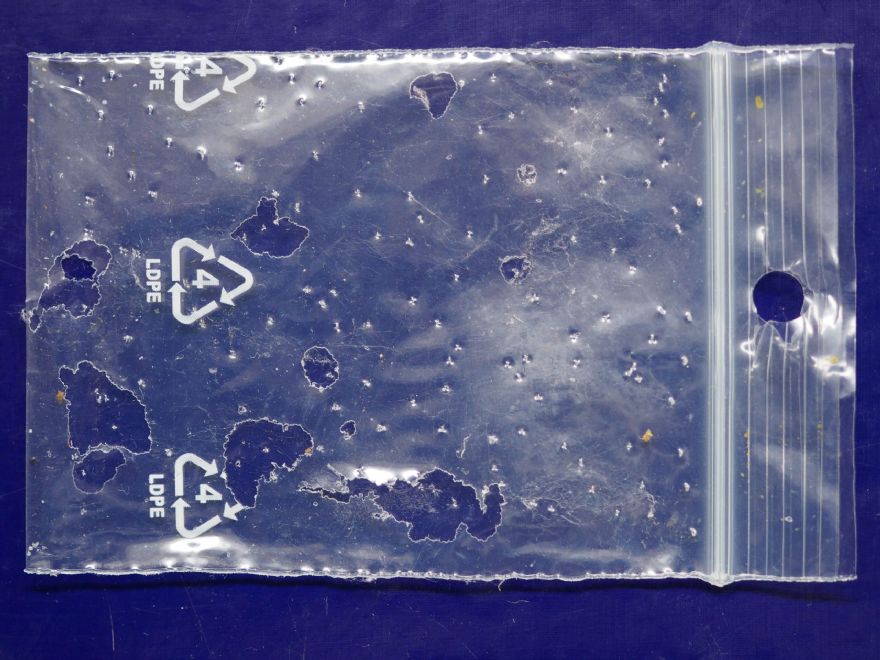
Researchers at the
Fraunhofer Institute for Structural Durability and System Reliability LBF, taking a closer look at the possibility of caterpillars being used to combat excessive plastic waste, say it seems that the larvae of the wax moth (Galleria melonella) can eat and digest polyethylene.
However, whether the caterpillar can actually do this is still not understood and is currently the subject of ongoing discussion.
Within the framework of a research project (RauPE) on the chemical imaging analysis of plastic digestion in caterpillars, a team from Fraunhofer LBF used high-resolution Raman microscopy and dedicated software to follow the path of the plastic through the caterpillar.
According to a study published in early 2019, 100,000 larvae of the wax moth can eat about 5.2kg of polyethylene (PE) in a week, opening up promising possibilities for the ‘disposal and elimination’ of large quantities of plastic waste.
However, before this ‘remarkable ability’ of the caterpillar can be harnessed, it must be established whether it actually digests the PE or merely crushes and excretes it.
The team at Fraunhofer LBF working on the RauPE project used high-resolution Raman microscopy, together with dedicated software they developed using the Python programming language.
With the help of machine learning, the researchers were able to to detect even low concentrations of PE within a complex mixture.
The project team established that caterpillars eat holes into PE foil, take in small amounts of it and at the same time lose considerable body mass.
The team also established that once there are holes, the caterpillars stop further material intake; moreover, analytical measurement data does not provide any evidence that the caterpillars digest the PE.
Bastian Barton, who supervised the research project at Fraunhofer LBF, said: “The fact that caterpillars biodegrade polyethylene remains a visionary goal for the time being, and intensive interdisciplinary efforts will be needed to verify this.
“In the meantime it remains all the more important to avoid and recycle plastic waste, taking into account all stages of the packaging value chain.”